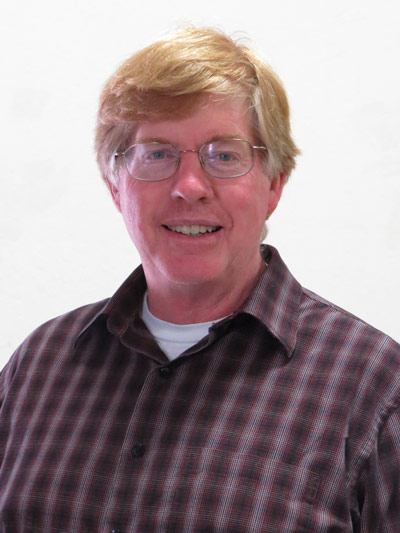Published in the Oct. 1-14, 2014 issue of Morgan Hill Life
By Mike Monroe

Mike Monroe
Recently, I had the pleasure of visiting with Ian Sanders and Michael Brookman at the Morgan Hill Museum of Villa Mira Monte. Ian and Michael are avid local historians and have published several outstanding books including “Views of Morgan Hill” and a just released collaborative effort entitled “100 Years of Gilroy Hot Springs.” Both of them are a wealth of knowledge and enthusiasm about the historical roots of our community.
Our meeting could not have been better planned in terms of timing. The Friends of Gilroy Yamato Hot Springs, in association with the Pine Ridge Association of Henry W. Coe State Park, is sponsoring an open house tour of the property beginning 9 a.m. Oct. 18.
I have not been out to the Gilroy entrance to Coe Park in quite a while and with the autumn weather keeping us cool, it should be a great morning for an easy walkabout. The open house starts at 9 a.m. I will arrive closer to 10 a.m. so please arrive and depart based upon your schedule. You might want to peruse Ian’s and Michael’s new book ahead of time which has an abundance of historical photos and concise text. “The 100 Years of Gilroy Hot Springs” is available at both the Gilroy and Morgan Hill Museums, at BookSmart and on-line.
The Gilroy Hot Springs Resort first opened to the public in 1866 through the efforts of George Roop. He constructed a 34-room hotel, a number of small cabins and mineral baths.
Back in the day, many people enjoyed hot mineral springs, a curative homeopathic treatment for a variety of ailments. Not only did people travel from far and wide to bathe in the waters, but bottles of the restorative waters were consumed on site and widely available for sale. The Pioneer Soda Works of Gilroy was an early marketer of the waters. The advertisements and testimonials of physicians were most generous in describing the therapeutic benefits of these mineral waters.
The hot springs bubble out from the pine and oak dotted hillsides of the Coast Range along Coyote Creek. The average elevation of the area is 1,200 feet and the waters still range in temperature from 95 to 115 degrees.
There are also cold water springs nearby. The resort featured a large swimming tank, an expansive dining hall and clubhouse, plenty of hunting and fishing, and, because of its distance from the legal authorities, a supply of contraband liquor and vices such as big-time poker games.
One day it would be interesting to locate the bridle path that existed between Madrone Soda Springs and Gilroy Hot Springs.
The Soda Springs property was established about the same time as Gilroy Hot Springs but was much smaller and faded away sooner as people complained about the water quality – most likely because the water tank was also the resting place of dead rodents. In the late 1930s, Gilroy Hot Springs was purchased by Mr. H.K. Sakata of Watsonville with the intention of transforming the resort into a spiritual wellness center.
After World War II, Japanese Americans who had been interned were welcomed at the Gilroy Yamato Hot Springs as they rebuilt their livelihoods. There was also a Shinto Shrine built on a hillside by a grateful guest who recovered from alcoholism after his stay at the springs.
There is sure to be a steady stream of great stories at the tour of Gilroy Yamato Hot Springs. Please contact me at (408) 234-6377 if you have any questions. And visit www.GilroyYamatoHotSprings.org for more information.






